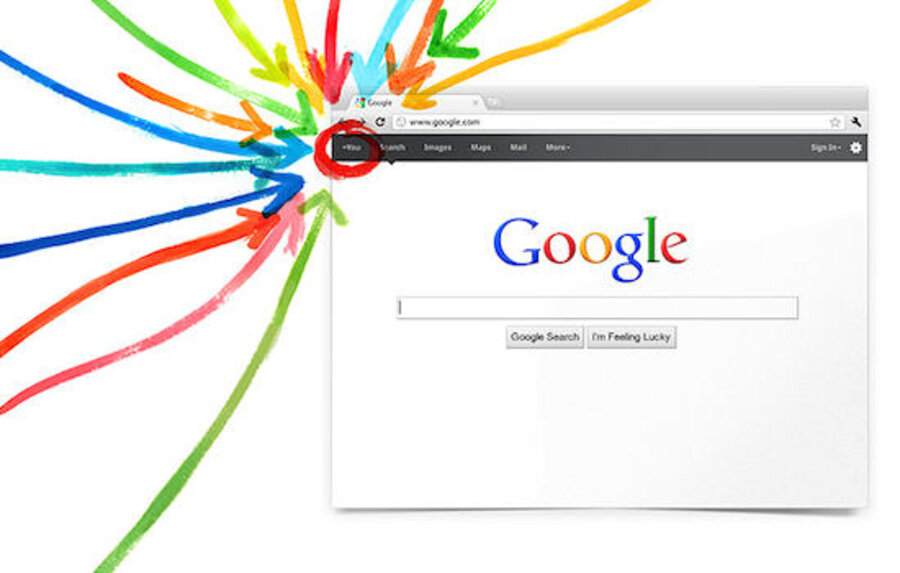Use Gmail? Anyone with a Google+ account can now e-mail you.
Loading...
Google announced an update to its accounts yesterday that continues the integration of Google+ into its other services. However, it may not have anticipated that some Googlers would like to keep their social networks and private e-mail accounts separate.
In a blog post, Google announced that anyone with a Google+ account can now send an e-mail to anyone who has Gmail. This sparked quick criticism from those worried about errant spamming and the erosion of e-mail privacy, but Google also offered ways to control the feature to your advantage.
This is how it works: When you’re typing a recipient into a new message, Google will now bring up both people in your Google+ circles as well as your contacts. If you’re trying to e-mail someone who is outside of your circles (but on Google+) your e-mail will end up in their “Social” inbox. If you’re in their circles, it will come up in their “Primary” inbox, but you’ll only be able to e-mail them once without them e-mailing you back. You also will only be able to see the e-mail address of a Google+ connection once they send you an e-mail.
“Your email address isn't visible to a Google+ connection unless you send that person an email, and likewise, that person’s email address isn’t visible to you unless they send you an email,” explains David Nachum, Product Manager, on the official Google blog.
Right now the default setting of all Gmail users is to allow e-mails from anyone with a Google+ account, but you can change that to a variety of settings that range from not allowing anyone to e-mail you from Google+ to only allowing the feature for those in your circles
In other words – this is probably a good time to re-evaluate who you have accepted into your circles and consider whether or not you would like them to potentially have access to your Gmail address.
Will this improve the Google experience?
On one hand, it could serve as a sort of LinkedIn without the network barriers of LinkedIn, and combined with the convenience of being connected to what is likely your primary e-mail. Who knows? You could connect with a potential employer via Google+, see what things they are sharing, and reach out to them via e-mail when you see your interests match up.
At least that is what Google seems to be thinking.
“Have you ever started typing an email to someone only to realize halfway through the draft that you haven't actually exchanged email addresses?” writes Mr. Nachum. “If you are nodding your head 'yes' and already have a Google+ profile, then you’re in luck, because now it's easier for people using Gmail and Google+ to connect over email.”
On the other hand, this could be one giant spam craze waiting to happen.
If you’re in the latter camp, it isn’t too tough to prevent Google+ users from e-mailing you. Get to your ‘Settings’ via the cog button in the top right corner of your inbox screen. Once there, you should see a section called "Email via Google+" and a drop down menu asking "Who can email you via Google+ profile?" That’s where you can edit who can contact you via e-mail.
If you don’t see it yet – keep checking back. Google is rolling out the feature in the next few days.






